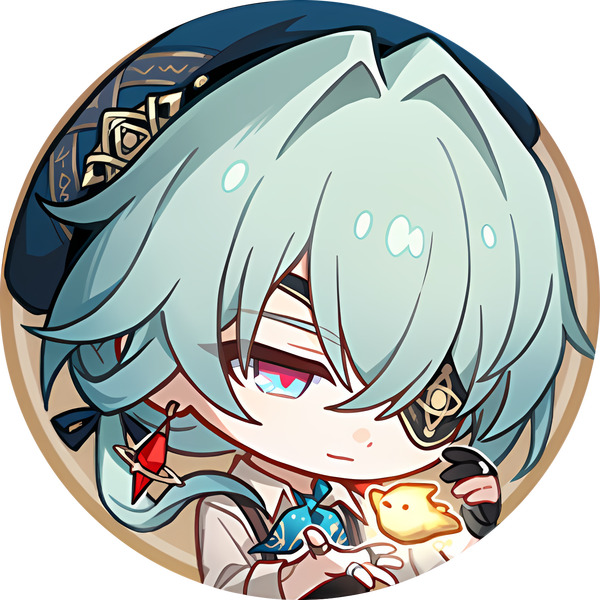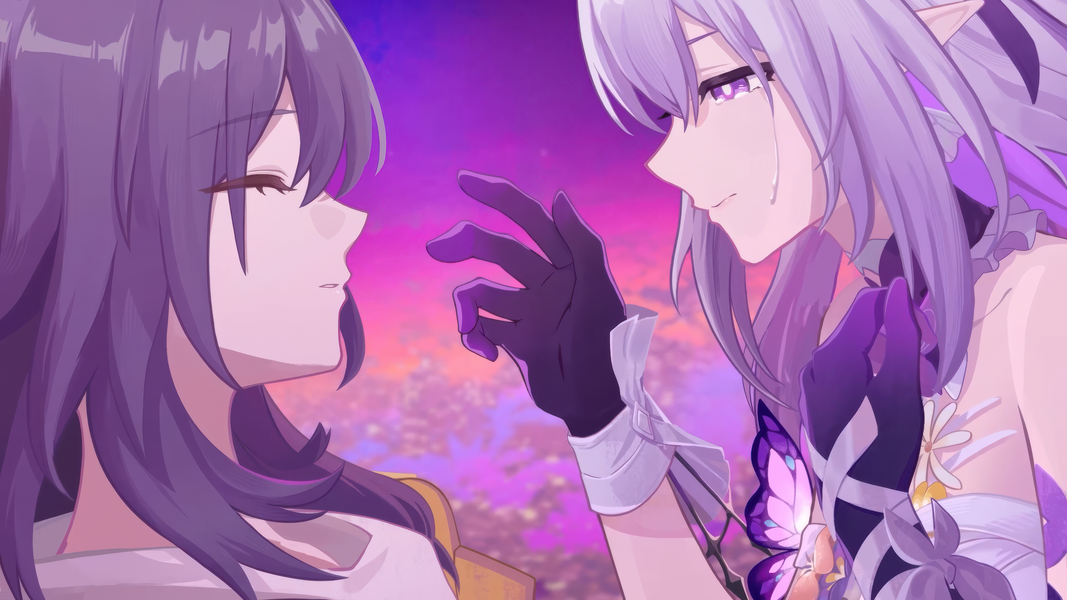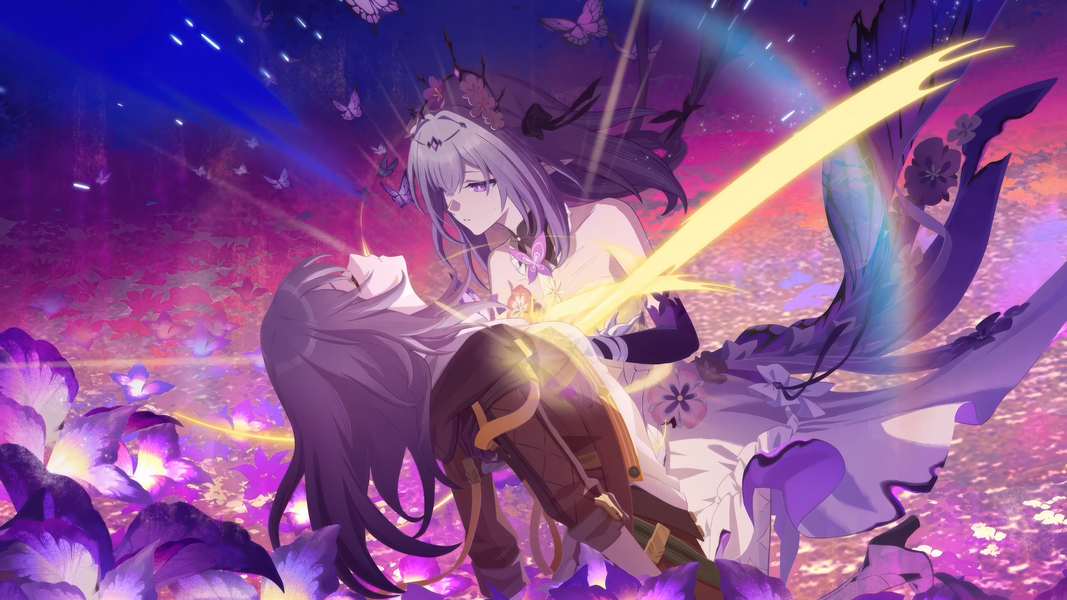The Evolution of Stickers: From Classic to Contemporary Cartoon Characters in Pop Culture

Stickers used to be just plain labels for work. Now, they are important in pop culture. People put bright cartoon characters on laptops, water bottles, and phone cases. These can be cute bunnies or famous people from TV and movies. Cartoon characters are seen with pizza party themes, sports gear, and positive quotes. This shows what is popular in media and culture. The Evolution of Stickers shows how these small pictures show each generation’s style. Cartoon and media stickers help people feel part of a group. They make it easy and fun to show who you are.
Key Takeaways
-
Stickers began as plain labels. Now, they are fun and creative. People use them to show who they are. Stickers also help people connect with each other.
-
Today’s stickers use tough materials like vinyl. This makes them last longer. They are great for decorating many things.
-
Cartoon character stickers help people feel like they belong. They let people share favorite stories and memories.
-
Collecting stickers makes people happy. It helps save memories. It also brings together different ages and cultures.
-
Digital stickers give new ways to share feelings online. They make talking online more fun and personal.
Origins of Stickers
Early Uses
People have used labels for a very long time. In ancient Egypt, workers put bone and ivory tags on containers. These tags showed what was inside and where it came from. Archaeologists found these tags at Abydos from about 3200 BCE. Over the years, people found new ways to label things. The Industrial Revolution changed labeling a lot. In 1796, inventors made lithography. This let people print paper labels. These labels needed water to stick. By the 1880s, they were common on cans, bottles, and jars.
The first adhesive postage stamp came out in 1839. Henry Rowland Hill made it so people could stick it on letters. They did not need extra glue. This idea helped make better adhesives. It also led to modern stickers.
Industrial Labels
The modern sticker was invented in 1935. R. Stanton Avery made the first self-adhesive label. His labels did not need water or glue. People could peel and stick them fast. Avery also made machines to help make and use these labels. Factories and stores started using stickers on many products. During World War II, Avery made industrial labels because materials were hard to get. After the war, his company grew bigger. It sold self-adhesive materials to other companies. By the 1960s, stickers were on cars, airplanes, and many things. Avery’s idea changed how companies labeled and sold products.
Stickers began as simple labels and stamps for taxes and ID in the early 1800s. In the 1840s, postage stamps became popular. They used sticky paper. By the late 1800s, lithography made colorful and detailed designs. Businesses started using stickers for ads. In the early 1900s, people used stickers to promote things. By the mid-1900s, stickers were easy to find. Mass-production made them more popular.
Evolution of Stickers

Materials and Methods
Stickers started with paper and glue. People had to wet the paper to make it stick. Later, inventors made stickers better. In 1935, R. Stanton Avery made the first sticker that could stick by itself. This new sticker was easier to use and worked better. As time went on, new ways to make stickers were invented.
Today, stickers are made from many materials. Vinyl is the most common. Vinyl is strong and does not get ruined by water. These stickers last a long time outside. Some stickers use clear vinyl so you can see through them. Mirror vinyl is shiny and looks like a mirror. Holographic and glitter stickers sparkle and shine. Domed stickers feel bumpy and look fancy.
|
Material Type |
Characteristics |
Common Uses/Finishes |
|---|---|---|
|
White Vinyl |
Strong, does not get wet |
Regular stickers with shiny or flat finish |
|
Matte Vinyl |
You can write on it, looks nice |
Labels you can write on |
|
Clear Vinyl |
See-through, no background |
See-through stickers |
|
Mirror Vinyl |
Shiny, does not get wet |
Fancy, shiny stickers |
|
Holographic/Glitter |
Sparkles and shines |
Fun, eye-catching stickers |
|
Domed Stickers |
Bumpy, looks special |
Fancy, bumpy stickers |
New printing machines helped stickers change too. Digital printing is faster and wastes less. It lets people make detailed and small batches of stickers. Die-cutting lets stickers be any shape. New glues and covers help stickers last longer. They protect stickers from water, sun, and scratches. Special finishes like shiny, flat, sparkly, and metallic make stickers look cool.
Digital printing and better glues made stickers stronger and easier to make. These changes helped stickers become a big part of pop culture and how people show who they are.
From Scratch-n-Sniff to Vinyl
Stickers got more fun in the 1960s. Scratch-n-sniff stickers came out. When you scratched them, they smelled nice. Teachers gave them as prizes. Kids loved to collect them. In the 1980s, everyone wanted scratch-n-sniff stickers. Kids traded and collected stickers with different smells, colors, and pictures. Stickers became more than labels. They became fun things to collect and share.
Scratch-n-sniff stickers led to other fun types. Puffy, shiny, and glow-in-the-dark stickers became popular. In the 1990s, sticker collecting was huge. Brands like Pokemon and Lisa Frank made cool designs. Stickers showed what people liked and helped them make friends. Stickers changed as pop culture and technology changed.
Vinyl stickers were another big step. Vinyl is bendy, strong, and does not get ruined by weather. Vinyl stickers are great for cars, laptops, water bottles, and clothes. New printing made stickers look even better. People wanted stickers made just for them. Vinyl made this possible. Some vinyl is good for the environment, which some people like.
-
Vinyl stickers changed things by:
-
Lasting longer and not getting ruined by water or sun
-
Giving more choices for looks and feel
-
Making it easy to make custom stickers for anyone
-
Being used for business, fashion, and home
-
People still love to collect stickers today. Stickers remind people of their childhood. The way stickers have changed shows how they hold memories and follow trends. Stickers now mix art, meaning, and history.
Cartoon Characters & Merchandising

Classic Icons
Cartoon characters have changed stickers and merchandizing for many years. Mickey Mouse, Bugs Bunny, Tom and Jerry, Daffy Duck, and Scooby-Doo are famous classic icons. These characters are on stickers, toys, and other items. People of all ages know them. They remind people of the past and bring everyone together. This makes stickers with these characters very popular.
Stickers with cartoon characters are more than just decorations. They help people feel like they belong to a group. When someone puts a sticker of a favorite character on something, it shows what they like. This helps people find others who like the same things. Brands use these characters to sell more and make people feel close to the brand. Cartoon characters on stickers catch your eye and bring back memories.
Cartoon characters on stickers speak for brands. They make people feel happy about the brand and its products. This good feeling helps brands sell more and keep loyal fans.
Many brands use stickers to advertise. Apple gives logo stickers with every product. GoPro gives stickers to customers, who put them on their gear and share them in sports groups. Stickers are cheap but work well. They turn normal things into ads for the brand. In the 1980s and 1990s, bands and TV shows used stickers to connect with fans and sell more. Stickers help brands stay popular and noticed.
Some of the most famous sticker styles in pop culture are holographic and shiny stickers, old-school designs, and meme stickers. These styles use cool looks and memories to make people feel connected. They also help brands and characters stay cool as media changes.
Tetsuwan Atomu
Tetsuwan Atomu, or Astro Boy, changed merchandizing in Japan. In the 1960s, a candy company called Meiji Seika put Atomu stickers in chocolate packs. Kids could stick these stickers anywhere, making Atomu part of daily life. This new idea started a big trend for character stickers. Atomu stickers made the character easy to see everywhere. This made Atomu even more loved.
This campaign did more than sell candy. It helped start a culture where characters were everywhere. Atomu stickers became a way for fans to talk and share. Kids traded them at school and in their neighborhoods. Other companies joined in and used robot characters like Tetsujin 28-gô for their own stickers. These actions showed how strong character merchandizing could be with stickers.
The success of Atomu stickers helped make kyara, or characters, important for marketing in Japan. Companies started using cartoon figures in all kinds of products and media. This trend helped build today’s world of character goods and merchandizing. The look of these stickers made them a big part of pop culture.
Today, stickers with cartoon characters are still important. They help people connect with their favorite shows and brands. They keep classic characters popular for new kids. The story of Atomu shows how one character can change how people use and see stickers every day.
Stickers in Pop Culture
Collecting Trends
Sticker collecting links the past and present. Families use stickers to make memory books and photo albums. These albums become special family treasures. They are passed down to new family members. Kids and adults both like adding stickers to these books. This helps people remember big moments and family traditions. Sticker collecting also helps kids feel like they belong. It brings families closer and lets them be creative.
Sticker culture has changed a lot over time. In the 1960s and 1970s, bumper stickers and smiley faces were popular. In the 1980s, people used stickers to show what music and shows they liked. By the 1990s, puffy, glow-in-the-dark, and holographic stickers were new and fun. These made collecting more exciting. In the 2000s, people put stickers on laptops and phones. Online sites made it easy to make your own stickers. Today, sticker culture uses eco-friendly materials and digital art. Artists use stickers in street art and galleries. Stickers are now part of art and youth culture.
Popular sticker trends include:
-
Retro revival mixes old and new styles with classic characters and 70s fonts.
-
Halftone patterns add bold designs and depth.
-
Holographic stickers shine and change color.
-
Hand-drawn illustrations are liked for their personal style.
Sticker collecting is more than just a hobby. It helps keep memories, share culture, and connect different generations.
Collaborations
Sticker collaborations are now a big part of media and character merchandizing. Big brands often work with entertainment companies to make special sticker sets. For example, Burberry worked with LINE, a messaging app in Japan. In this team-up, Burberry put their plaid on LINE’s famous characters. This brought together fashion, media, and digital stickers for many users.
These partnerships show how stickers mix character merchandizing with today’s culture. Brands use famous characters to reach new fans and stay popular as media changes. Collaborations like these help stickers stay important in pop culture. They also show how character merchandizing changes with new trends and technology.
Digital Age & Identity
Social Media Stickers
Digital media changed how people use stickers. Before, stickers were only things you could touch. Now, social media lets people use digital stickers online. People use these stickers to show feelings and join chats. Many stickers have famous characters from TV, movies, or games. Animated stickers and GIFs help people show feelings that words can’t.
Apps like Instagram and LINE have special stickers you can use. You can vote, answer questions, or share your thoughts with them. This makes talking online more fun and open. Digital stickers use pictures and animations, so everyone can understand. They help people from different places talk and share ideas. Brands and famous people use stickers to talk to fans and make groups. Politicians use stickers to get ideas and start talks.
Some popular trends are meme stickers, fandom packs, and custom designs. People can make their own sticker packs too. This lets them add their favorite characters and style to messages. Digital stickers are now used in business, politics, and social media. This shows how much they matter in today’s culture.
Self-Expression
Stickers are a strong way to show who you are. People put stickers on laptops, water bottles, and phones. These stickers show what they like and believe in. Cause stickers let people support things they care about. This helps people feel like they belong to a group.
Online, stickers are like a new way to talk. They add feelings and meaning to messages. Stickers can show support, celebrate, or share moods. Animated characters and cool designs make each sticker special. This helps people stand out and find others who like the same things.
Stickers also help people feel part of a group. When people see the same sticker, they feel connected. Stickers start conversations and stories. They make people want to join in and help. In digital media, stickers link who you are with the bigger world. They let people share themselves in fun and creative ways.
Stickers do more than just look nice. They help people show who they are, make friends, and change the culture around them.
Stickers were once just simple things to use. Now, they help shape what people like in media. Each character sticker links people to stories and trends. Stickers let fans show what they enjoy and join groups. As media changes, character stickers stay cool and get new looks. In the future, stickers will keep growing in digital life. They will help people show who they are and connect with others online.
FAQ
What materials do most modern stickers use?
Most stickers today are made from vinyl. Vinyl is tough and does not get ruined by water. Some stickers are made from paper or have shiny finishes like holographic or glitter. Vinyl stickers last a long time and are good for outside.
Why do people collect stickers?
People collect stickers because it is fun and brings back memories. Stickers help them remember favorite shows, characters, or special times. Collecting stickers lets people share what they like and make friends. Some people swap stickers with others.
How do digital stickers differ from physical stickers?
Digital stickers are only on the internet. People use them in chats or on social media. Physical stickers are real and you can touch them. You can put them on things like laptops or water bottles.
Can stickers help show personal identity?
Yes. Stickers help people show what they like or care about. A sticker on a phone or laptop can show hobbies, favorite characters, or causes someone supports.
Are stickers popular in other countries?
Stickers are liked all over the world. In Japan, character stickers are used every day. Many places use stickers for art, business, and to show who they are. Stickers help people connect in different cultures.
See Also
Discovering The Most Famous Characters From Marvel Figure Factory
A Complete Guide To Making Custom Personalized Action Figures
Step By Step Instructions To Search For Decals In Roblox
Tips And Tricks For Designing Amazing Roblox Fan Artwork
Detailed Walkthrough For Personalizing And Customizing Roblox Figures